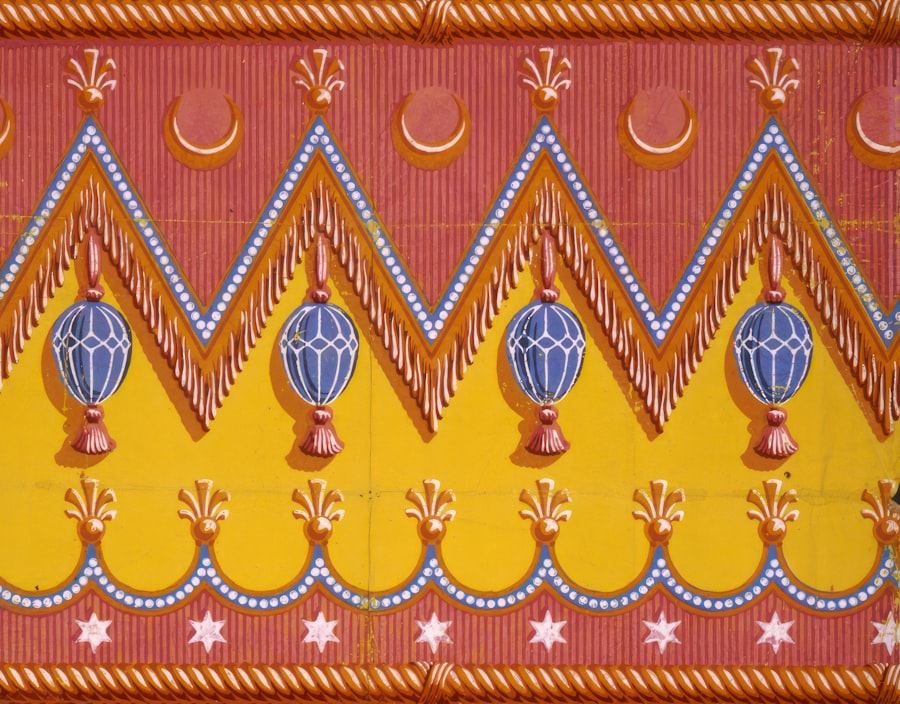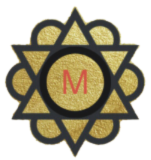
For many, the world of literature is a sanctuary, a realm where imagination knows no bounds and characters leap off the page to engage with readers on a deeply personal level. Similarly, tarot cards offer a unique lens through which one can explore the complexities of life, emotions, and the human experience. The intersection of these two worlds—literature and tarot—creates a rich tapestry for exploration, allowing book lovers to delve deeper into their favorite stories while gaining insights into their own lives.
This article aims to illuminate how tarot can enhance the reading experience, providing a framework for understanding characters, themes, and personal reflections through the lens of tarot symbolism. The allure of tarot lies not only in its mystical origins but also in its capacity to evoke introspection and self-discovery. Each card in a tarot deck is imbued with layers of meaning, often reflecting universal archetypes that resonate with the human experience.
When combined with literature, tarot can serve as a powerful tool for analysis and interpretation, enabling readers to draw connections between the narratives they consume and their own journeys. By engaging with both tarot and literature, readers can unlock new dimensions of understanding, enriching their appreciation for storytelling while simultaneously fostering personal growth.
Key Takeaways
- Tarot can be a valuable tool for book lovers to deepen their understanding and interpretation of literature.
- The Tarot deck is rich in symbolism, with each card representing different archetypes, themes, and experiences.
- Pairing Tarot cards with novels can help readers find deeper connections and insights into the story and characters.
- Exploring the themes and characters in chosen novels through Tarot can provide a new perspective and understanding of the text.
- Combining Tarot and literature for personal growth can lead to self-reflection, insight, and a deeper connection to the stories and characters.
Understanding the Tarot Deck and its Symbolism
A standard tarot deck consists of 78 cards divided into two main sections: the Major Arcana and the Minor Arcana. The Major Arcana comprises 22 cards that represent significant life events or spiritual lessons, such as The Fool, The Magician, and The World. Each card carries its own symbolism and narrative, often reflecting profound themes such as transformation, choice, and enlightenment.
For instance, The Fool symbolizes new beginnings and the courage to embark on an unknown journey, while The Tower represents upheaval and the necessity of breaking down old structures to make way for new growth. The Minor Arcana consists of 56 cards divided into four suits: Cups, Pentacles, Swords, and Wands. Each suit corresponds to different aspects of life—Cups relate to emotions and relationships, Pentacles to material concerns and stability, Swords to intellect and conflict, and Wands to creativity and action.
Within each suit are numbered cards (Ace through Ten) and four court cards (Page, Knight, Queen, King), each representing different facets of human experience. For example, the Ace of Cups signifies emotional fulfillment and new relationships, while the Ten of Swords often indicates betrayal or the end of a difficult situation. Understanding these symbols is crucial for readers who wish to integrate tarot into their literary explorations.
Each card can evoke specific themes or character traits that resonate with various narratives. By familiarizing themselves with the meanings behind the cards, readers can begin to draw parallels between the stories they read and the archetypal energies represented in the tarot deck.
Pairing Tarot Cards with Novels: Finding the Right Match

The process of pairing tarot cards with novels can be both intuitive and analytical. Readers may choose to select cards that resonate with their personal experiences or those that reflect the overarching themes present in a particular book.
Scott Fitzgerald’s “The Great Gatsby,” they might find that The Lovers card aligns well with the novel’s exploration of love, desire, and moral ambiguity. This card encapsulates the duality of relationships—both their beauty and their potential for heartbreak—mirroring Gatsby’s tumultuous pursuit of Daisy Buchanan. Conversely, pairing a novel like George Orwell’s “1984” with The Hanged Man could yield profound insights into themes of sacrifice and perspective.
The Hanged Man represents a state of suspension and contemplation, suggesting that characters in oppressive regimes must often endure suffering to gain clarity or insight. This pairing encourages readers to reflect on the sacrifices made by Winston Smith as he navigates a dystopian world where individuality is suppressed. Readers can also approach this pairing process through a more structured method by selecting a card at random before diving into a novel.
This serendipitous approach can lead to unexpected connections and interpretations that enrich the reading experience. For example, drawing The Wheel of Fortune before reading a novel about fate and chance may prompt readers to pay closer attention to how characters navigate their destinies within the story.
Exploring the Themes and Characters in the Chosen Novels
Once tarot cards have been paired with specific novels, readers can delve deeper into the themes and characters presented in those stories. Each card serves as a lens through which one can analyze character motivations, conflicts, and transformations. For instance, if one has paired J.K.
Rowling’s “Harry Potter” series with The Magician card, it opens up discussions about mastery, resourcefulness, and the power of intention. Harry’s journey from an ordinary boy to a powerful wizard embodies the essence of The Magician—transforming potential into reality through skill and determination. In contrast, pairing Shakespeare’s “Macbeth” with The Devil card invites exploration into themes of ambition, temptation, and moral corruption.
Macbeth’s descent into tyranny after succumbing to his desires reflects the darker aspects of human nature that The Devil card embodies. This pairing encourages readers to consider how ambition can lead to one’s downfall when unchecked by ethical considerations. Moreover, exploring character arcs through tarot symbolism allows readers to engage with narratives on a more profound level.
By identifying which tarot cards resonate with specific characters or plot points, readers can uncover hidden layers within the text that may not be immediately apparent. This analytical approach fosters a deeper appreciation for storytelling as it reveals how authors weave complex themes into their narratives.
Using Tarot for Literary Analysis and Interpretation
Tarot can serve as an invaluable tool for literary analysis by providing a framework for interpreting texts through symbolic language. Readers can utilize tarot spreads—specific layouts of cards—to guide their analysis of a novel or character arc. For example, a three-card spread could be used to explore a character’s past, present, and future within a narrative context.
This method encourages readers to consider how past experiences shape current decisions and future outcomes. Additionally, tarot can facilitate discussions about character dynamics and relationships within a story. By drawing cards that represent different characters or themes in a novel, readers can engage in conversations about how these elements interact with one another.
For instance, if one draws The Empress while analyzing a character who embodies nurturing qualities, it may prompt discussions about motherhood or creativity within the narrative. Furthermore, using tarot in literary analysis allows for subjective interpretations that honor individual perspectives. Each reader brings their own experiences and insights to the table when engaging with both tarot and literature.
This subjectivity enriches discussions around texts as it encourages diverse viewpoints and interpretations that may not have been considered otherwise.
The Benefits of Combining Tarot and Literature for Personal Growth

The integration of tarot and literature offers numerous benefits for personal growth and self-discovery. Engaging with both mediums encourages introspection as readers reflect on their own lives in relation to the stories they encounter. By examining how specific tarot cards resonate with their experiences or emotions while reading a novel, individuals can gain clarity about their own journeys.
The symbolic language of tarot invites imaginative exploration that can lead to new insights about both literature and life itself. Readers may find themselves inspired to write creatively or engage in artistic endeavors as they draw connections between their readings and personal experiences.
Additionally, using tarot as a tool for literary exploration can enhance emotional intelligence by prompting readers to confront complex feelings or situations depicted in novels. By reflecting on how characters navigate challenges or relationships through the lens of tarot symbolism, individuals may develop greater empathy for themselves and others in real life. In conclusion, the fusion of tarot and literature creates an enriching experience for book lovers seeking deeper connections with stories while fostering personal growth through introspection and creativity.
By understanding tarot symbolism, pairing cards with novels thoughtfully, exploring themes and characters through this lens, utilizing tarot for literary analysis, and embracing the benefits of this combination for self-discovery, readers can embark on transformative journeys that extend far beyond the pages of any book.
If you’re interested in delving deeper into the symbolism of tarot cards, you may want to check out this article on






